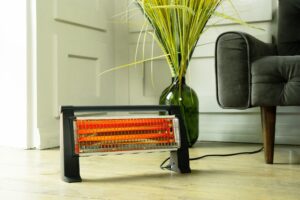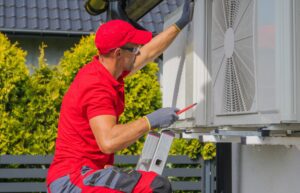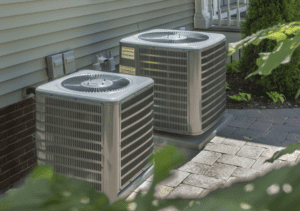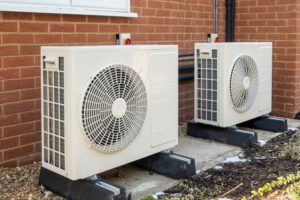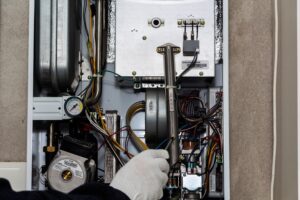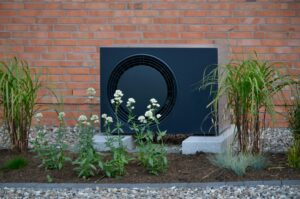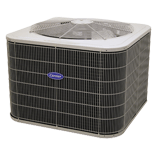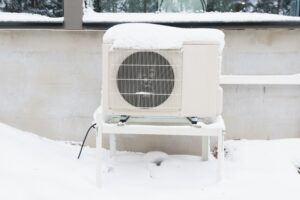Here in the Midwest, the cold blast of A/C has become the standard solution to combatting the summertime heat. With temperatures routinely climbing beyond 100 degrees and high humidity contributing to even higher heat indexes, it would appear as though air conditioning is vital to surviving the months of June, July, and August. And yet this hasn’t always been the case. Air conditioning is a relatively new development, with the first electric air conditioners having appeared in the early years of the twentieth century. Moreover, most homes did not adopt A/C until after WWII—which means that Americans have been living for centuries without this near-ubiquitous comfort. This begs the question: in generations past, how did people cool down during the sweltering summer months?
One answer lies in the various indoor architectural features and fixtures that have long been deployed to help keep the interior of a home cooler than the outdoors. One of the most effective strategies was to design rooms with high ceilings, which allowed hot air—which is less dense than cool air—to rise far above the level of the living space. Historical homes were also commonly built with windows located on opposites sides of a space to facilitate the movement of cool breezes throughout the room or household. A transom, which is a small window positioned above a door, likewise helped to cool things down by enabling hot air to circulate toward the upper floors of a home. Fans were also a common feature in homes located in hot weather climes, and were used to move fresh, cooling air throughout the household. For those who could afford it, walls constructed of brick or stone also provided excellent insulation against even the hottest heat.
A number of outdoor features also served to mitigate the effects of the intense summertime heat. For example, planting shade trees near the home—and especially on the east and west sides—helped to minimize indoor temperatures by blocking the sun’s rays. Adding a covered porch to a home likewise provided some respite from the heat, offering a breezy space for lounging and even sleeping when indoor temperatures were too hot to endure.
On the subject of sleeping, folks in the pre-A/C days also made a habit of napping during the hottest hours of the day. Avoiding physical exertion during the hours when the sun was highest was key to surviving some of the most brutal heat waves. As is the case now, water-based recreation was also quite popular in the olden days, and it was common to witness crowds gathered around drinking fountains and swimming pools. And, of course, everyone remained vigilant about keeping the icebox stocked—a few ice chips went a long way toward keeping one cool!
While all of these strategies helped to mitigate the blazing summertime heat, none of them were quite as effective—or convenient—as air conditioning. Fortunately it’s now far easier to stay cool during the summer months, but that doesn’t mean it’s completely effort-free. Ongoing maintenance is vital to keeping your A/C running efficiently, and given that August is almost here, there’s no better time for a check-up. So if you’re a Kansas City resident seeking an A/C tune-up, or if you’re looking for air conditioning installation in Kansas City, professional, affordable help is just a phone call away.
Cates Heating and Cooling provides heating and cooling services to businesses and residences around the Greater Kansas City area. Contact Cates today for KC air conditioning service and repair, or to acquire a free estimate on new air conditioning installation. We’re ready to help keep you cool!


